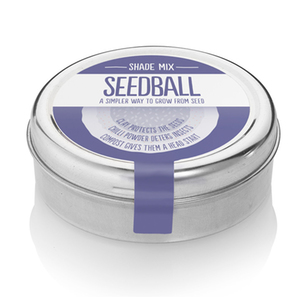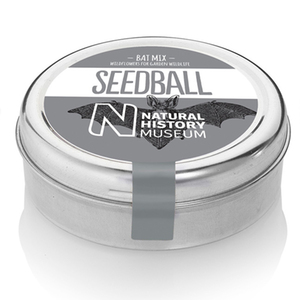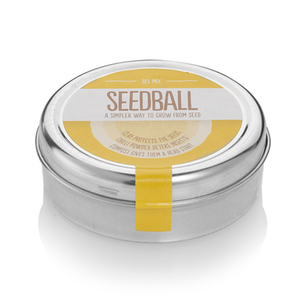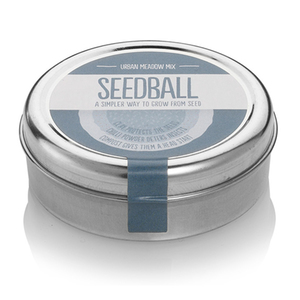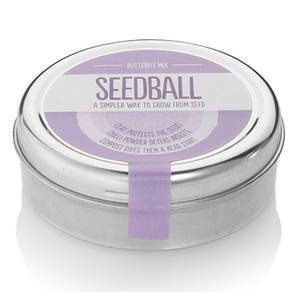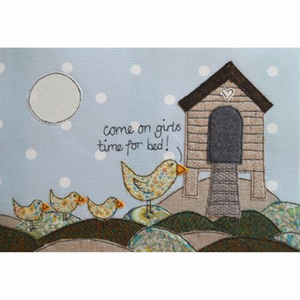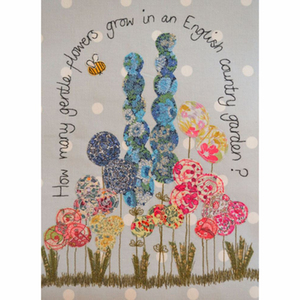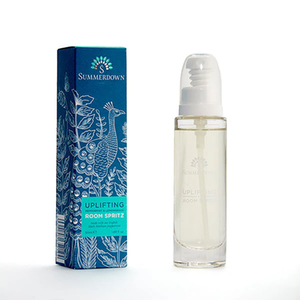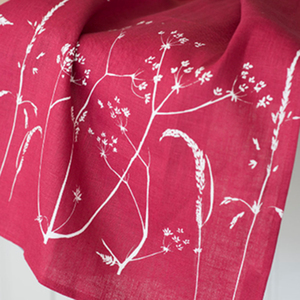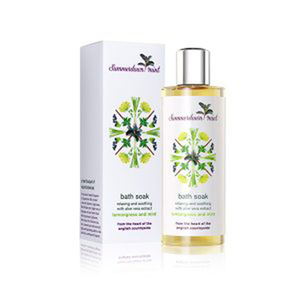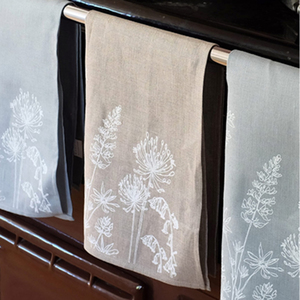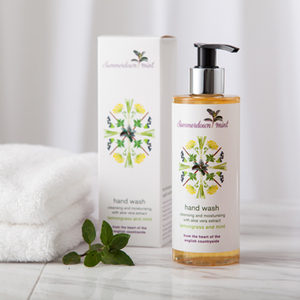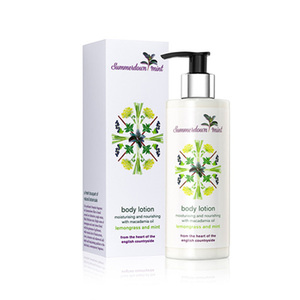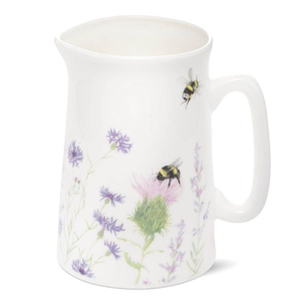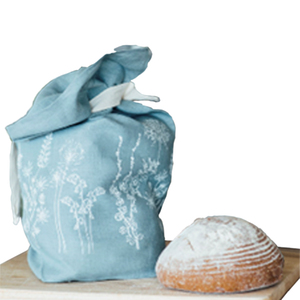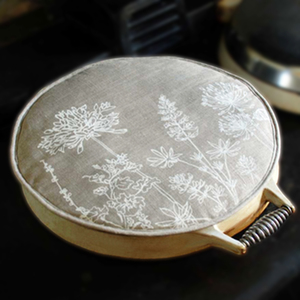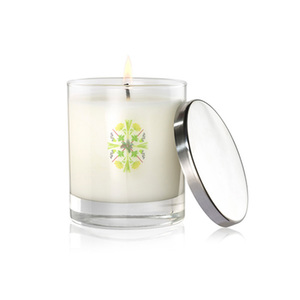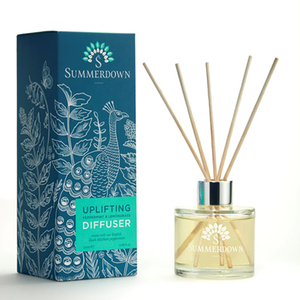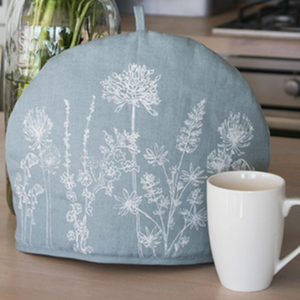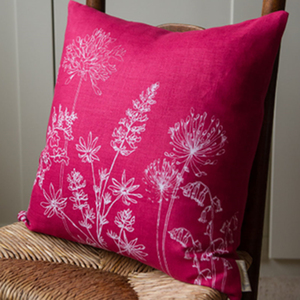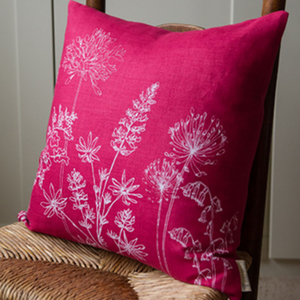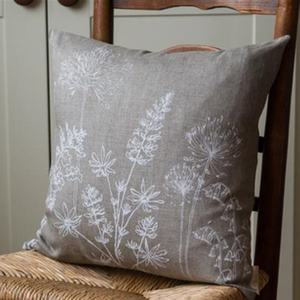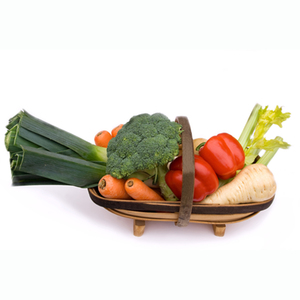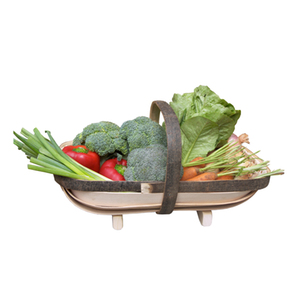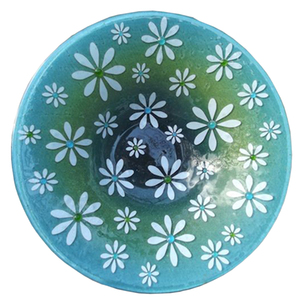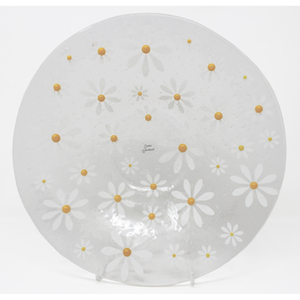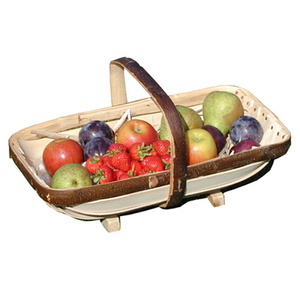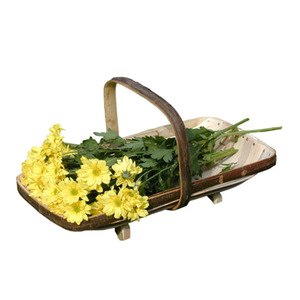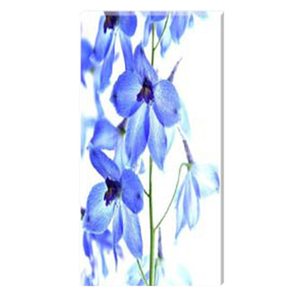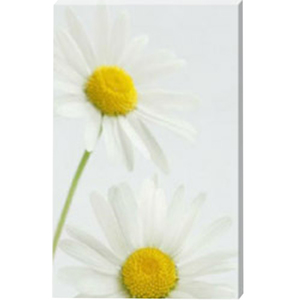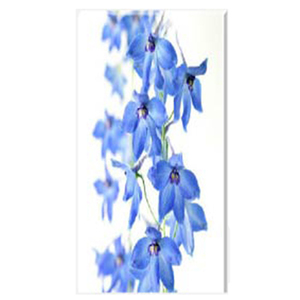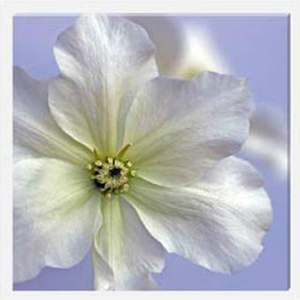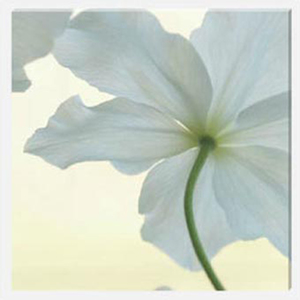
A little bit of History
In An English Country Garden
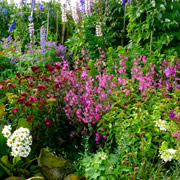 The lyrics of the song “In an English Country Garden” portray a colourful busy romantic image with an array of tumbling colour , butterflies, bees and hedgehogs all adding to the mix. This truly paints the picture of this wonderful scene on a lazy summer day
The lyrics of the song “In an English Country Garden” portray a colourful busy romantic image with an array of tumbling colour , butterflies, bees and hedgehogs all adding to the mix. This truly paints the picture of this wonderful scene on a lazy summer day
The Song
Lyrics
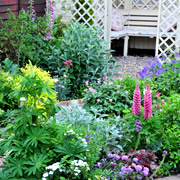 How many gentle flowers grow in an English country garden?
How many gentle flowers grow in an English country garden?
I'll tell you now, of some that I know, and those I miss I hope you'll pardon.
Daffodils, hearts-ease and flocks, meadow sweet and lilies, stocks,
Gentle lupins and tall hollyhocks,
Roses, fox-gloves, snowdrops, forget-me-knots in an English country garden.
How many insects find their home in an English country garden?
I'll tell you now of some that I know, and those I miss, I hope you'll pardon.
Dragonflies, moths and bees, spiders falling from the trees,
Butterflies sway in the mild gentle breeze.
There are hedgehogs that roam and little garden gnomes in an English country garden.
How many song-birds make their nest in an English country garden?
I'll tell you now of some that I know, and those I miss, I hope you'll pardon.
Babbling, coo-cooing doves, robins and the warbling thrush,
Blue birds, lark, finch and nightingale.
We all smile in the spring when the birds all start to sing in an English country garden.
Collected by Cecil Sharp and arranged for piano in 1918 by Percy Grainger.
 How many gentle flowers grow in an English country garden?
How many gentle flowers grow in an English country garden? I'll tell you now, of some that I know, and those I miss I hope you'll pardon.
Daffodils, hearts-ease and flocks, meadow sweet and lilies, stocks,
Gentle lupins and tall hollyhocks,
Roses, fox-gloves, snowdrops, forget-me-knots in an English country garden.
How many insects find their home in an English country garden?
I'll tell you now of some that I know, and those I miss, I hope you'll pardon.
Dragonflies, moths and bees, spiders falling from the trees,
Butterflies sway in the mild gentle breeze.
There are hedgehogs that roam and little garden gnomes in an English country garden.
How many song-birds make their nest in an English country garden?
I'll tell you now of some that I know, and those I miss, I hope you'll pardon.
Babbling, coo-cooing doves, robins and the warbling thrush,
Blue birds, lark, finch and nightingale.
We all smile in the spring when the birds all start to sing in an English country garden.
Collected by Cecil Sharp and arranged for piano in 1918 by Percy Grainger.
History of The English Country Garden
Traditionally, English country gardens were more than just something pretty to look at. They were also used to grow fruit, and culinary and medicinal herbs.
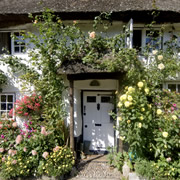 English country gardens are usually small and compact, surrounded by a picket fence, wall or hedge which in the past would have been used to keep out livestock. This is still the case in many areas of rural England where livestock roam free. A gate giving access to the property and a path (often not straight), leading from the gate to the front door of the house winding its way through a full and crammed array of flowers and herbs makeup some of the usual features associated with an English country garden .
English country gardens are usually small and compact, surrounded by a picket fence, wall or hedge which in the past would have been used to keep out livestock. This is still the case in many areas of rural England where livestock roam free. A gate giving access to the property and a path (often not straight), leading from the gate to the front door of the house winding its way through a full and crammed array of flowers and herbs makeup some of the usual features associated with an English country garden . Ivy walls and benches that appear to have been there forever, with arbors and arches covered in roses leading to secret places, and wildlife blended in with the vibrant flowers and trees all conjure up the quintessential English scene.
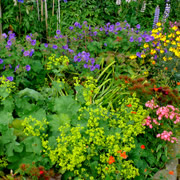 Like the interiors of many great houses in England, the country garden is an eclectic mix of Annuals, Perennials, Flowers and herbs which appear to be thrown together in a busy array of splendour.
Like the interiors of many great houses in England, the country garden is an eclectic mix of Annuals, Perennials, Flowers and herbs which appear to be thrown together in a busy array of splendour.Many of the plants we see today have been brought back from other countries where they have been admired during the Grand Tours and Expeditions of the gentry and even the Crusades. They were often used to recall and show off their travels and voyages of discovery.
Creating An English Country Garden
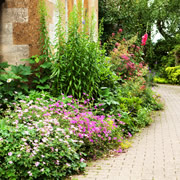 One thing that is for sure creating this type of garden is not for the feint hearted. This style is not low-maintenance. Whilst it looks informal, as if nature had scattered its seed to paint the various tapestries of colour, it is in actual fact, highly thought out with a lot of planning and design to ensure that you have a garden that blooms constantly.
One thing that is for sure creating this type of garden is not for the feint hearted. This style is not low-maintenance. Whilst it looks informal, as if nature had scattered its seed to paint the various tapestries of colour, it is in actual fact, highly thought out with a lot of planning and design to ensure that you have a garden that blooms constantly.As England has four defined seasons the gardener needs to take in to consideration which plants are required to make it look good all year around.
The anticipation of spring when the new buds push their way through the frosty soil and the first show of snow drops warm the heart of the gardener and onlookers alike. The swathes of Daffodils, Irises, Tulips, Hyacinths, Crocuses Wallflowers and Primroses come next and give rise to the first splash of ground colour. With Lilac, Cherry, Apple and Pear blossom adding colourful height to the garden and attracting bees.
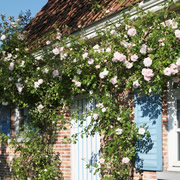 A balmy Summer conjures up Climbing Roses, Honeysuckle Clematis and Wisteria giving both height and romance climbing up the walls around windows and arbours,. Summer cottage flowers such as Hollyhock, Foxglove, Larkspur, Sweetpea, Peonies Poppies, Cornflowers, Delphiniums, Lavender Antirrhinums, Erigeron Daisies Mint, Rosemary, Sage and Strawberries provide a haphazard array of colour and nectar for the bees and butterflies
A balmy Summer conjures up Climbing Roses, Honeysuckle Clematis and Wisteria giving both height and romance climbing up the walls around windows and arbours,. Summer cottage flowers such as Hollyhock, Foxglove, Larkspur, Sweetpea, Peonies Poppies, Cornflowers, Delphiniums, Lavender Antirrhinums, Erigeron Daisies Mint, Rosemary, Sage and Strawberries provide a haphazard array of colour and nectar for the bees and butterflies Autumns feast of fruit with Apples, Pears, Blackberry’s and Rose Hips are ready to pick and place in trugs and baskets. A spectacular show of reds, oranges and yellow leaves.combined with Dahlias, Chrysanthemum, Asters and Verbena give an impressive late show of colour.
Winter brings the frost and snow with bear trees creating glistening lacy sculptures and the hedgerows giving shelter to our hedgehogs. Holly and Ivy are cut for celebrations and brought in doors to make swaths and wreaths for December. The arbours are also bear but continue to add interest in their shape and then we wait for spring again.
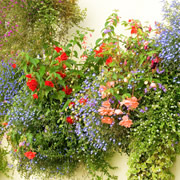 Where this type of garden appears to be a cramped jumble of plants that have been casually sprinkled and appear by chance, success requires careful placement and knowledge of height and spread of the plants you choose.
Where this type of garden appears to be a cramped jumble of plants that have been casually sprinkled and appear by chance, success requires careful placement and knowledge of height and spread of the plants you choose.Knowing when perennials are going to grow and flower (and where you have planted them!) allows you to plan what annuals you will need to infill the gaps and change the look of the garden from one year to the next.
Adding a bird bath, bird boxes and feeders, a pebble path, an old bench, window boxes, hanging baskets,milk churns, wooden wheelbarrows or even the odd gnome will add character and stamp a mark of individuality to your country garden; providing an English eclectic eccentricity and great talking point when receiving guests.
An English Country Garden
Select Your Currency:
